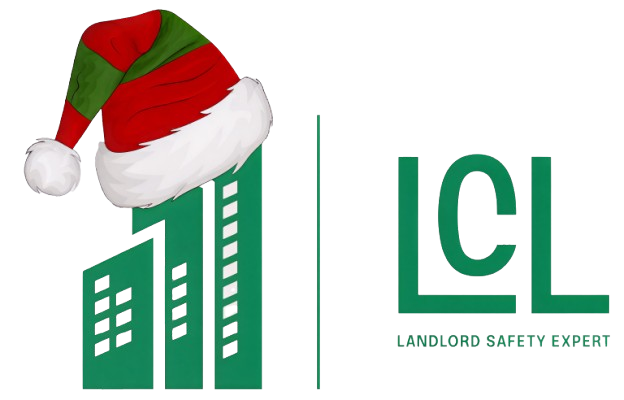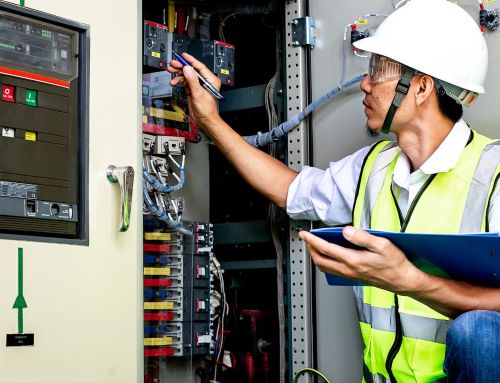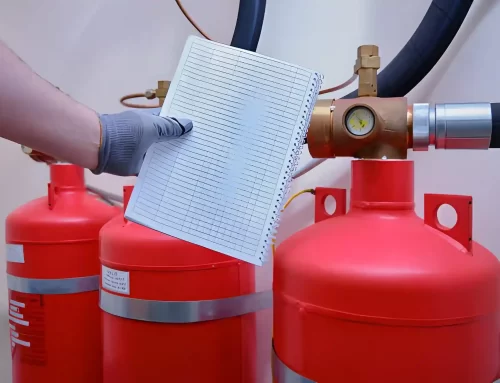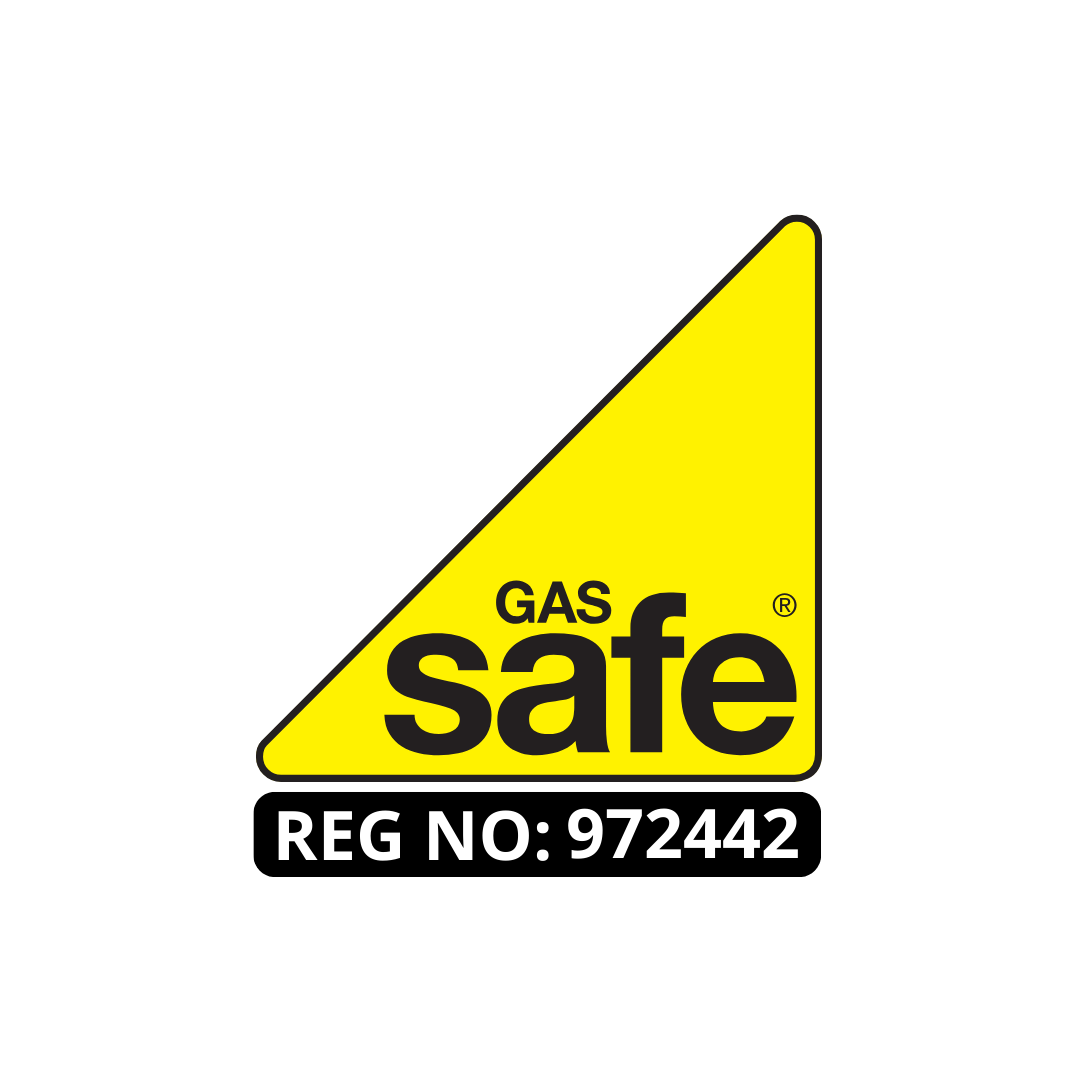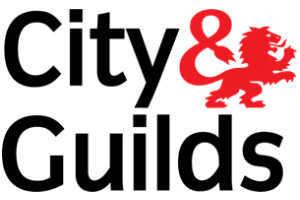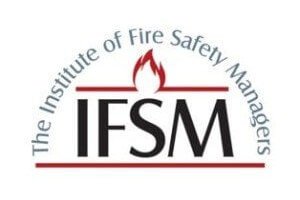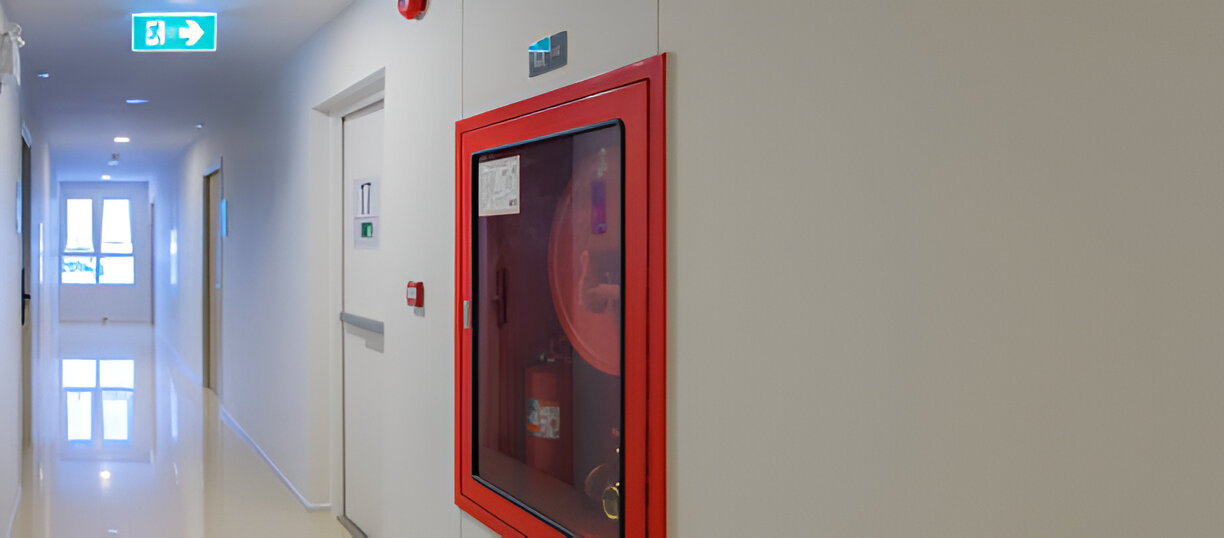
In the UK, issuing a Fire Safety Certificate for flats is not just a regulatory formality but a crucial measure for ensuring the safety and well-being of residents. This certificate, mandated by law, confirms that a property adheres to stringent safety standards. This assurance is particularly significant in a densely populated country where the risk of fire in residential buildings can have catastrophic consequences. While most are aware of such certifications, few understand the comprehensive process involved in securing one. It begs the question, what exactly does the assessment entail, and how does it serve to safeguard both the physical property and its inhabitants, Let’s Understand Fire Safety Certificate for Flats in the UK.
What is a Fire Safety Certificate?
A Fire Safety Certificate, essential for ensuring the safety of occupants in residential buildings, is a document issued by the relevant local authority confirming that the construction or alterations to a building comply with fire safety regulations.
This certification plays a pivotal role in residential fire safety, serving as a validation that the building’s design and construction meet established fire safety standards, which are critical in protecting residents from fire hazards.
The process of obtaining a Fire Safety Certificate involves a detailed assessment of the building plans by fire safety engineers.
These professionals evaluate multiple aspects including the materials used, the layout of escape routes, and the adequacy of fire detection and suppression systems.
Their objective is to ensure that all elements of the building’s design adhere strictly to the latest fire safety regulations, thereby minimizing the risk of fire incidents and enhancing the effectiveness of emergency responses.
For building owners and developers, securing this certificate is not merely about legal compliance but also about affirming their commitment to the safety and well-being of the occupants.
It underscores the importance of integrating robust fire safety measures right from the initial stages of planning and construction.
Legal Requirements for Fire Safety in Flats
In the UK, legal requirements for fire safety in flats are rigorously defined under the Regulatory Reform (Fire Safety) Order 2005, which applies to all non-domestic premises, including communal areas in residential buildings.

This legislation mandates a proactive approach to fire safety, obliging responsible persons to conduct thorough assessments and implement robust safety measures.
Key legal requisites include:
- Fire Risk Assessment: Responsible persons must regularly perform a comprehensive fire risk assessment. This assessment should identify potential fire hazards, evaluate the risks associated with these hazards, and determine appropriate measures to mitigate them.
- Evacuation Plans: It is imperative to develop clear and practicable evacuation plans. These plans should be tailored to the specific layout and characteristics of the building, ensuring all occupants can safely exit in the event of a fire.
- Maintenance of Fire Safety Equipment: Continuous maintenance of all fire safety systems (like alarms and extinguishers) and emergency routes is essential. This ensures that in the event of a fire, all safety measures function as intended, facilitating a safe and orderly evacuation.
These stringent provisions underscore the commitment to safeguarding residents from fire risk, emphasizing prevention, preparedness, and protection.
Key Components of a Fire Safety Inspection
In the realm of fire safety, a thorough inspection is pivotal to ensuring that all legal and functional safety standards are met in residential buildings. This process begins with a comprehensive fire risk assessment, designed to identify potential hazards and evaluate the effectiveness of existing fire prevention measures.
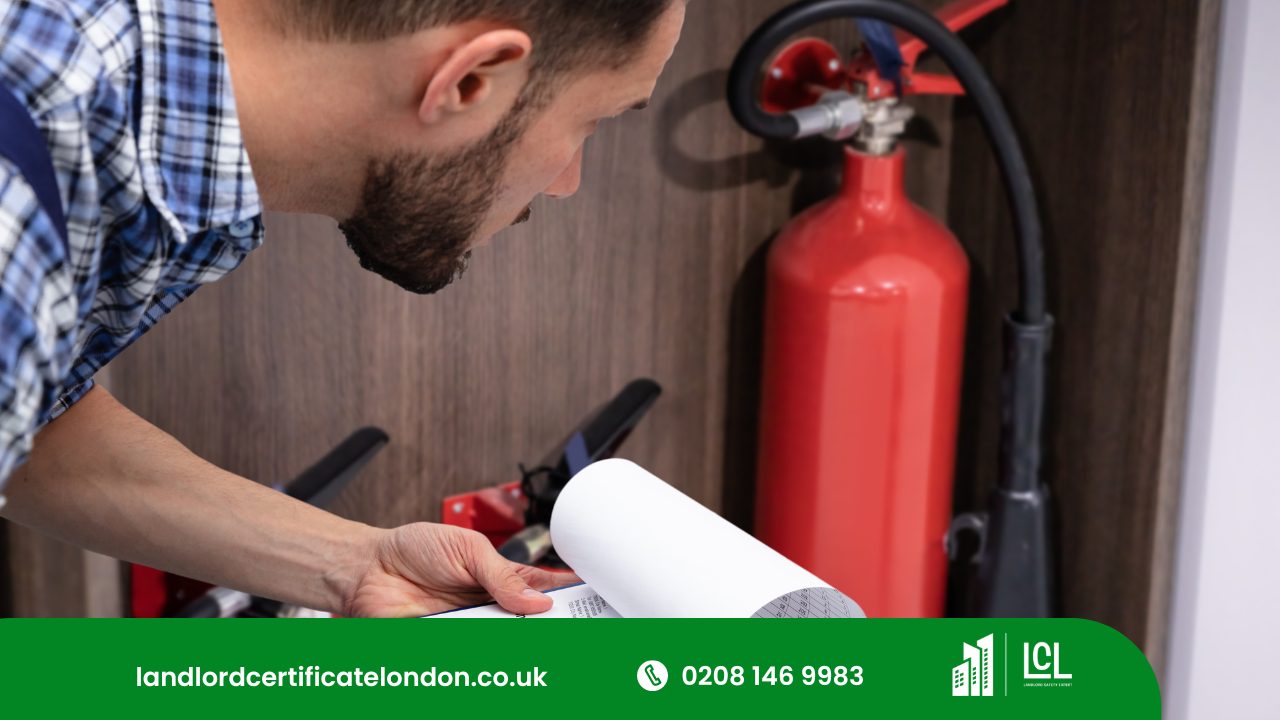
A key component involves the meticulous examination of safety equipment, which includes smoke detectors, fire extinguishers, and emergency lighting systems. Each piece must not only be present and correctly installed but also regularly maintained and fully operational.
The inspection also scrutinizes the integrity of fire doors and escape routes, ensuring that they comply with stringent regulations and are free from obstruction. Inspectors assess the materials used in the construction of the building, particularly around critical areas like the kitchen and electrical systems, to verify that they are fire-resistant and do not pose additional risks.
How to Obtain a Fire Safety Certificate for Your Flat
Securing a fire safety certificate for your flat involves a systematic process that begins with contacting your local fire authority. This initial step is crucial as it sets the foundation for the compliance checks and necessary arrangements that will ensure your flat meets the stringent safety standards required by UK law.
To successfully obtain a fire safety certificate, follow these critical steps:
- Assessment and Inspection: Arrange for a thorough inspection by certified professionals who will evaluate your flat for fire risks and adherence to safety protocols. This includes checking all fire safety installations, ensuring proper fire exits, and verifying that emergency evacuation plans are in place.
- Fire Safety Training: Participate in fire safety training provided by the fire authority or a certified training body. This training includes learning about preventive measures, how to use fire fighting equipment, and how to conduct emergency evacuations effectively.
- Documentation and Compliance: Submit all required documentation that demonstrates your flat’s compliance with fire safety standards. This includes records of regular maintenance checks, fire safety training completions, and modifications made post-inspection.
Adhering to these steps diligently will not only facilitate the acquisition of a fire safety certificate but also ensure a safer living environment.
Consequences of Fire Safety Non-Compliance
While obtaining a fire safety certificate significantly enhances the safety of your flat, failing to comply with fire safety regulations can lead to severe consequences. The repercussions of non-compliance are not only substantial but multifaceted, affecting legal standing, financial health, and personal safety.
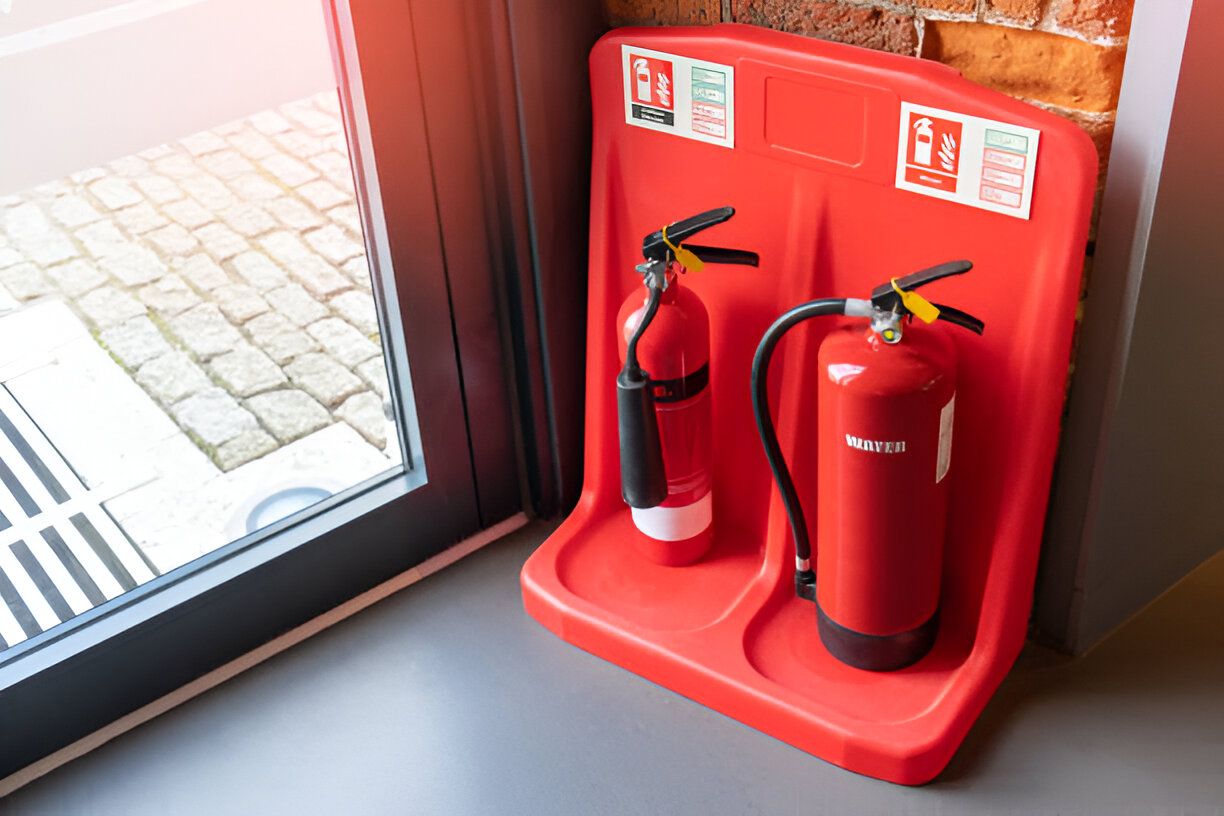
| Consequence Type | Description |
|---|---|
| Legal Penalties | Hefty fines, prohibitions on property use, and potential criminal charges for egregious violations. |
| Increased Insurance Cost | Non-compliance can lead to higher premiums or refusal of coverage by insurance companies. |
| Liability for Incidents | In the event of fire incidents, non-compliance may result in liability for damages and injuries, impacting both financial and legal aspects. |
| Compromised Safety | Direct risk to life and property, with potentially catastrophic outcomes in case of a fire. |
These outcomes underscore the necessity of adhering to established fire safety norms. Non-compliance not only jeopardizes the welfare of the occupants but also exposes property owners to significant legal and financial risks. All regulations must be followed meticulously to safeguard against the dire consequences of fire incidents, ensuring a secure living environment.
Conclusion
In conclusion, the Fire Safety Certificate serves as a crucial validation of a flat’s adherence to stringent fire safety standards in the UK. By ensuring compliance with legal requirements and facilitating thorough safety inspections, this certificate significantly enhances residential safety and mitigates potential legal risks. Are not the lives and security of residents worth the diligent pursuit of such certifications? Ultimately, the rigorous acquisition of a Fire Safety Certificate underscores a commitment to safety and responsibility in residential housing.
About the Author: LandlordCertificate
Related Posts
Get Social
Recent Posts
- UK Gas Safety Regulations for Landlords & Tenants: Introduction to Gas Safety Certificates
- Check If Your Gas Engineer is Registered: London Gas Safety Certificate London
- Fire Risk Assessment London Complete Guide to Compliance and Legal Responsibilities
- The Role of EICR London in Maintaining Safe Properties
- Fire Safety Report as a Smarter Way to Prove Compliance
